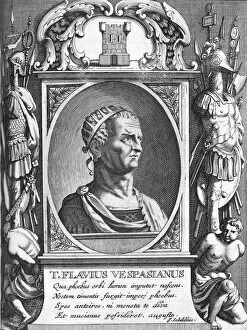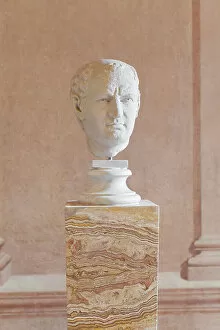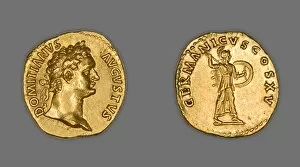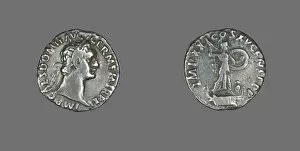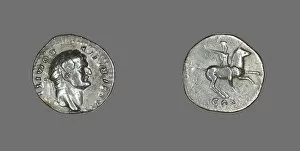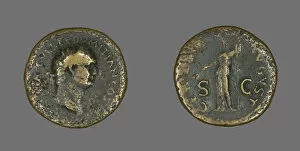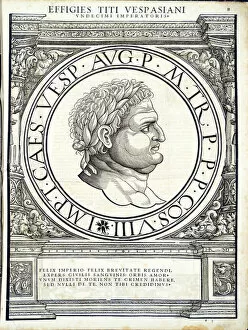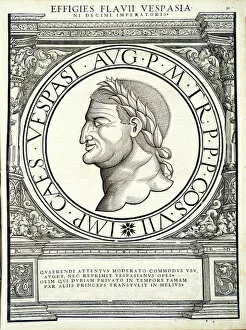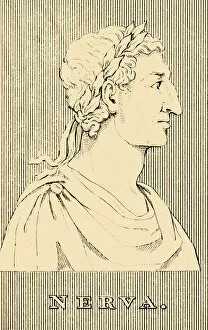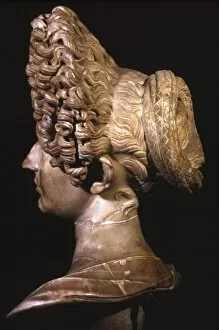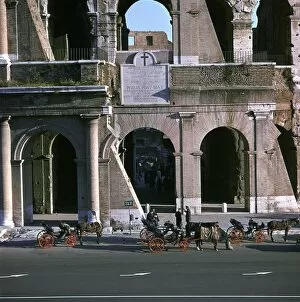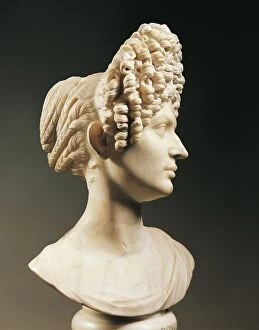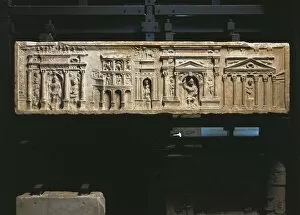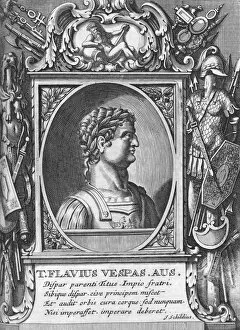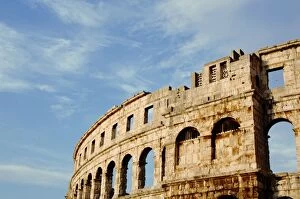Flavian Dynasty Collection
The Flavian Dynasty, led by Vespasian, was a significant period in Roman history
All Professionally Made to Order for Quick Shipping
The Flavian Dynasty, led by Vespasian, was a significant period in Roman history. Vespasian, a renowned Roman emperor, left his mark on the empire with his ambitious projects and military conquests. One of the most iconic structures from this era is the Temple of Vespasian and Arch of Severus, located east from Capitol in Rome, Italy. This dynasty is also remembered for its impressive coinage. The Aureus portraying Emperor Domitian issued between 90-91 AD showcases the power and authority he held during his reign. Similarly, various denarius coins featuring Domitian's image were circulated throughout the empire during different years such as 77-78 AD and 91 AD. Another remarkable coin from this era is the Sestertius portraying Emperor Domitian in 81 AD. This coin not only reflects his likeness but also serves as a testament to his influence over Rome's economy. In addition to their numismatic legacy, both Titus Vespasianus and Flavius Vespasianus are immortalized through illustrations found in "Imperatorum romanorum omnium orientalium et. " These depictions offer us glimpses into their appearances and provide valuable insights into their rule.

